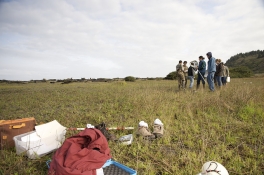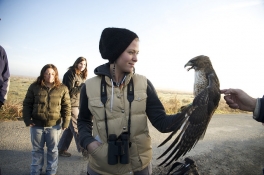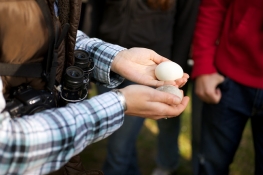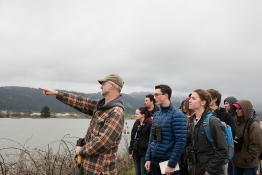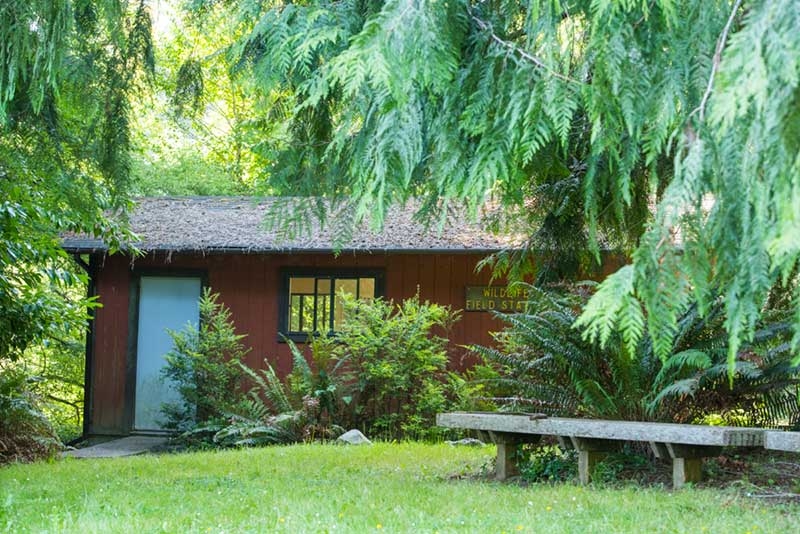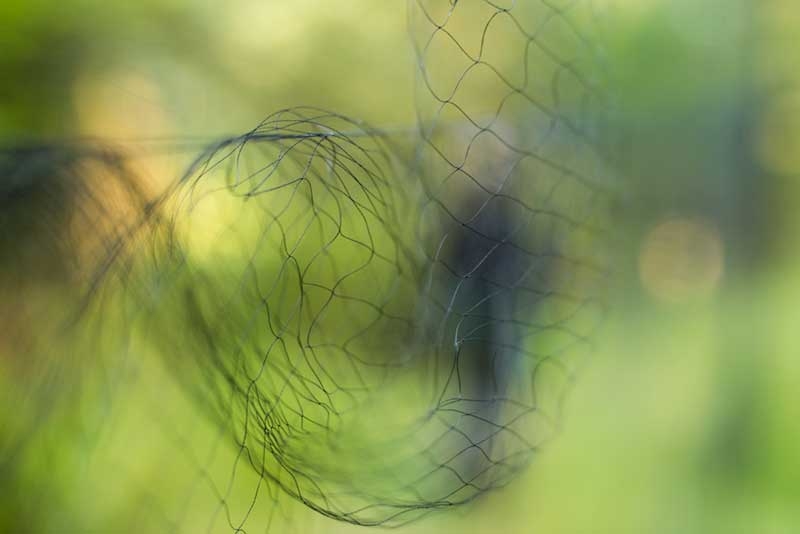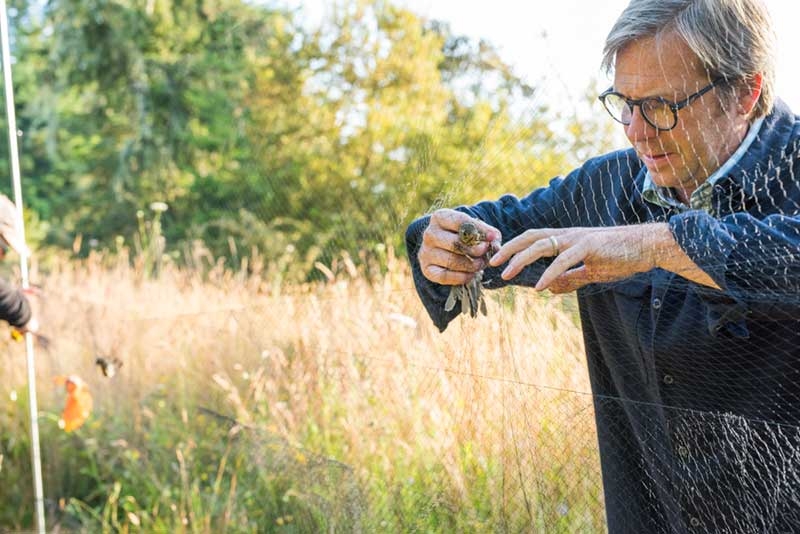Wright Wildlife Refuge

In 1989 the estate of Ellen Wright deeded a small parcel of land to be used as a wildlife refuge to the Humboldt Area Foundation. In her will, Ellen Wright envisioned an "Urban Wildlife Refuge" that would serve the community by providing shelter and habitat for wildlife native to the Eureka area, enhancing wildlife values for the surrounding urban landscape, and providing opportunities for wildlife education. These principles provide the guidelines and objectives for the future management and administration of the Wright Wildlife Refuge. The property is managed under a joint agreement between the Humboldt Area Foundation, the Department of Wildlife at Cal Poly Humboldt, and the Cal Poly Humboldt Sponsored Programs Foundation.
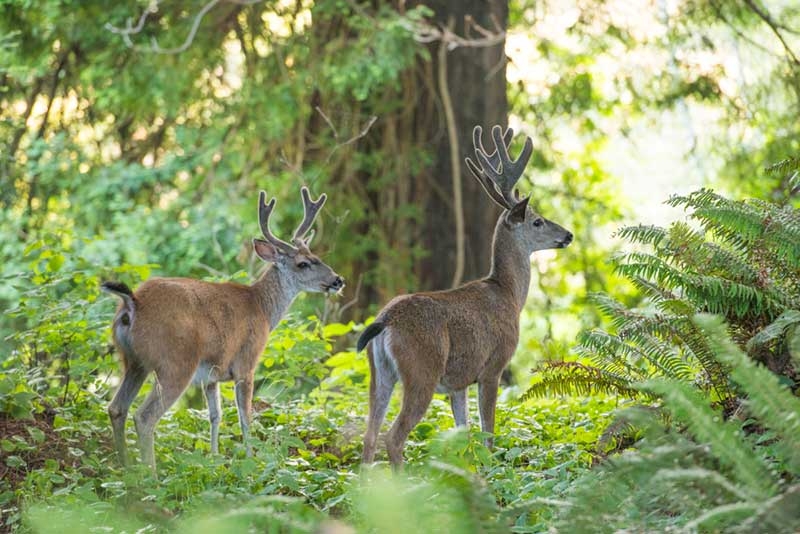
The Wright Refuge is a fantastic place for Humboldt students! Only 15 minutes from campus, classes come to the refuge to visit and learn more about wildlife and how to study them. Humboldt Wildlife students have studied mammals using the refuge with remote camera traps, conducted surveys for small salamanders living in the forest, and even completed studies on the habitat selection of banana slugs! Local grade school kids also come to visit, providing a service to the community and also environmental education opportunities for Humboldt students.
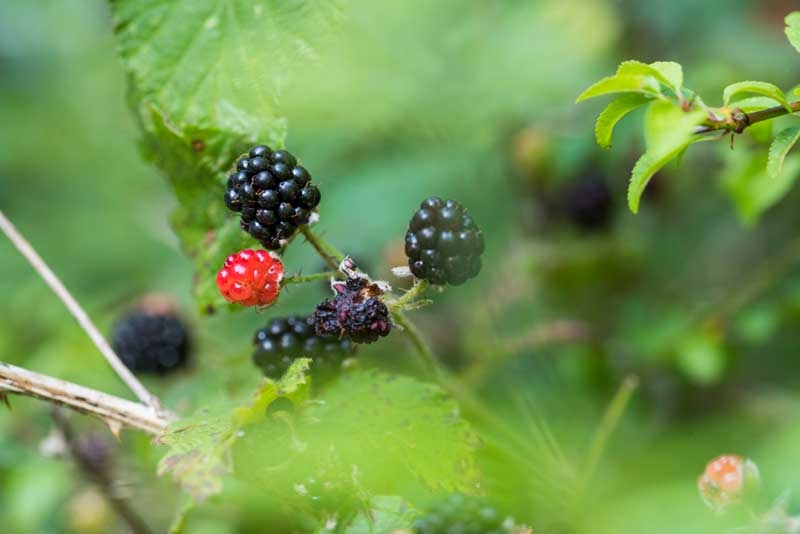
The refuge is home to many native trees and shrubs associated with second-growth redwood forests, including six species of conifers: coastal redwood, Douglas-fir, western hemlock, grand fir, Sitka spruce, and western red cedar! There is also a small meadow fringed with native plants and wild exotic plants that provide fruit enjoyed by wildlife, such as apples and Himalaya blackberries, along with native huckleberries and salmonberries.
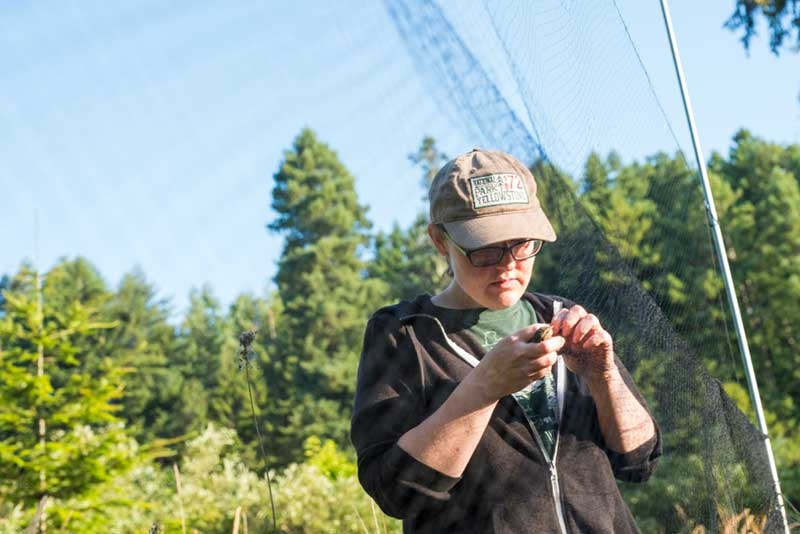
More than 15 graduate students and over 50 undergraduate students have conducted wildlife-related research projects with support from the Wright Refuge. Graduate students' projects have all focused on places where wildlife and people coexist. Topics have varied from investigating effects of habitat fragmentation on birds inhabiting urban redwood forests, to understanding the effects of bears stripping bark from Douglas-fir trees on the Hoopa Valley Indian Reservation, to testing whether songbirds can help control insect pests in local organic vegetable farms, to studying the ecology of barn owls nesting in wooden boxes on winegrape vineyards.
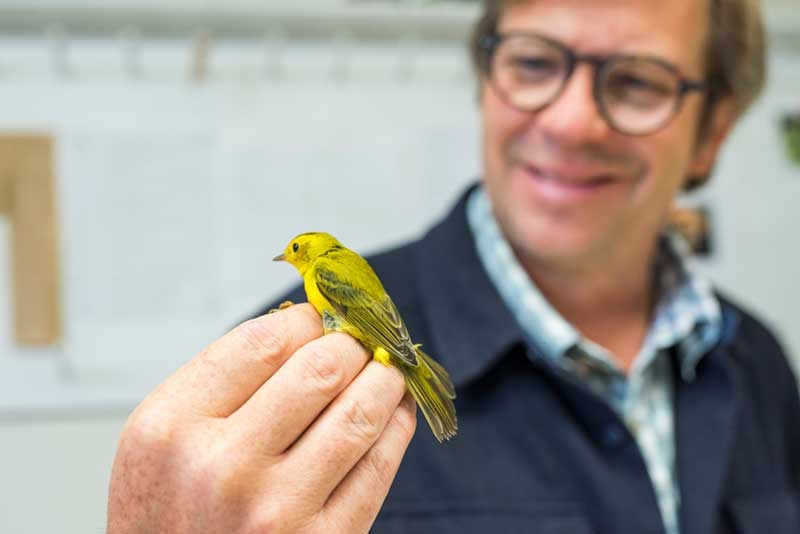
In 1993, a bird-banding program was established at the refuge following the Monitoring Avian Productivity and Survival (MAPS) protocol. In this way, the Wright Refuge contributes to a nation-wide database of bird populations. Since that time, dozens of Humboldt students have learned to band birds following the MAPS protocol through our banding training program.
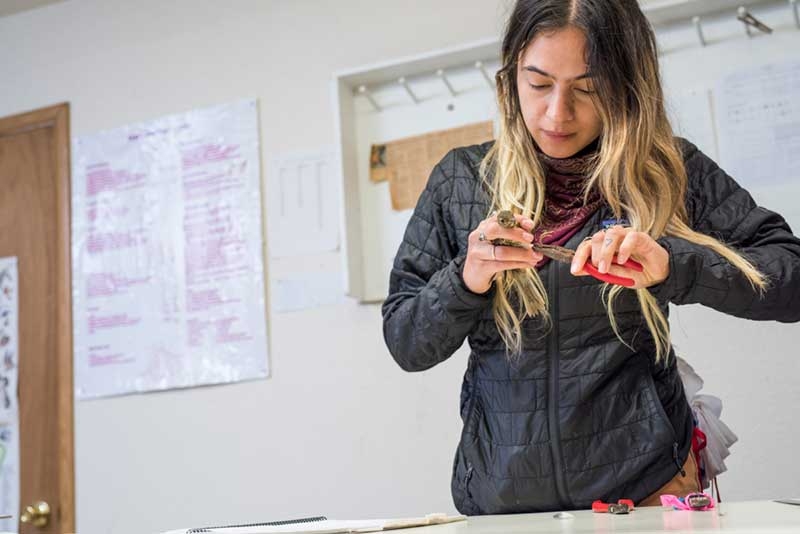
Bird banding involves capturing songbirds in nylon mesh nets, called mist-nets, as the birds move naturally through a habitat. Trained students and biologists extract the birds and take them to the banding station, where they take measurements to determine the bird's age and sex, and then fit the bird with a uniquely numbered aluminum leg band administered by the National Bird Banding Laboratory.

We also measure each bird's body condition, size, and assess its breeding status and molt before releasing it unharmed. These data help us understand how many birds are breeding at the Wright Refuge, and they contribute to long-term monitoring of bird populations to assess the effects of climate change and other human-caused changes to the environment.

